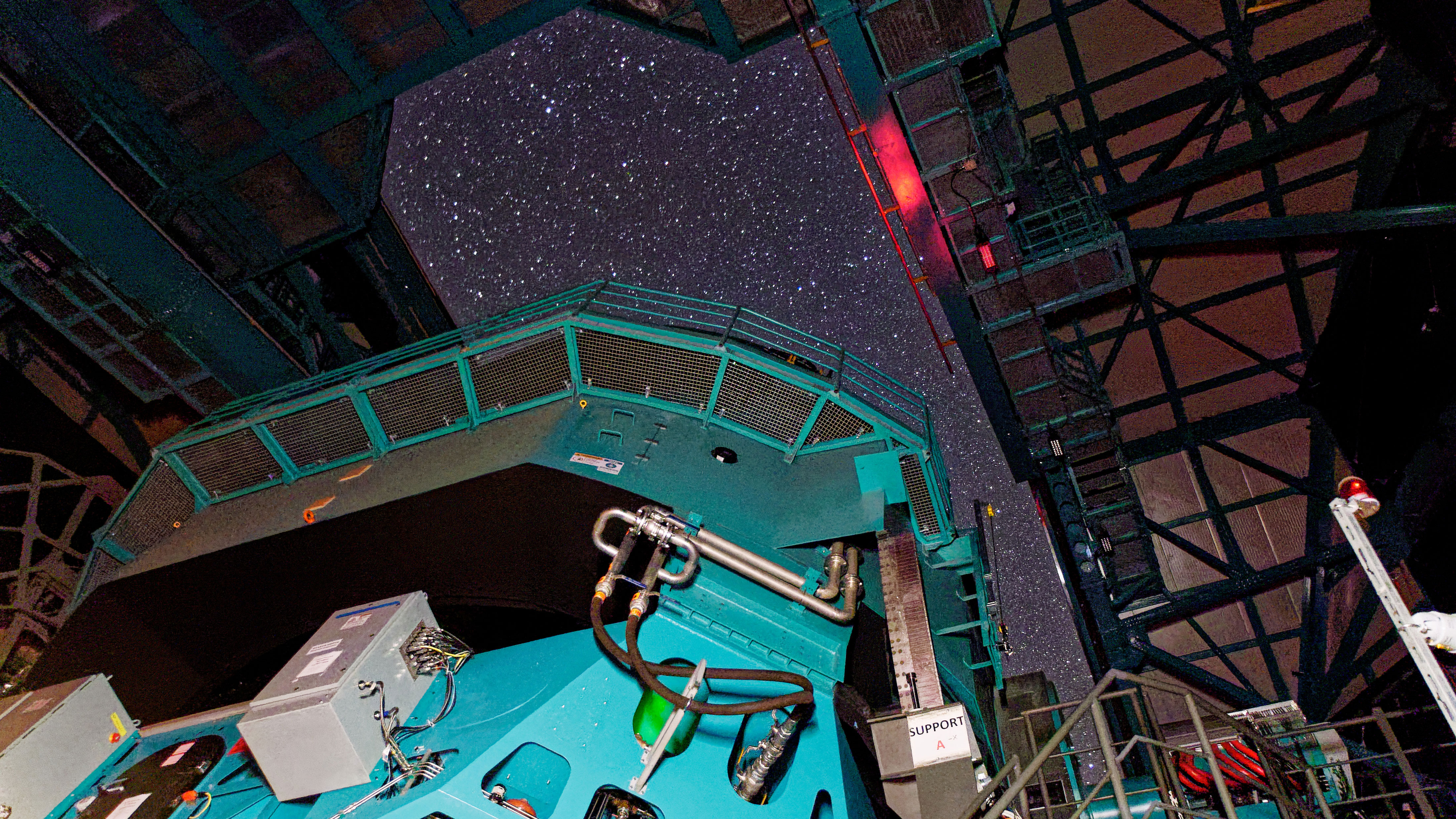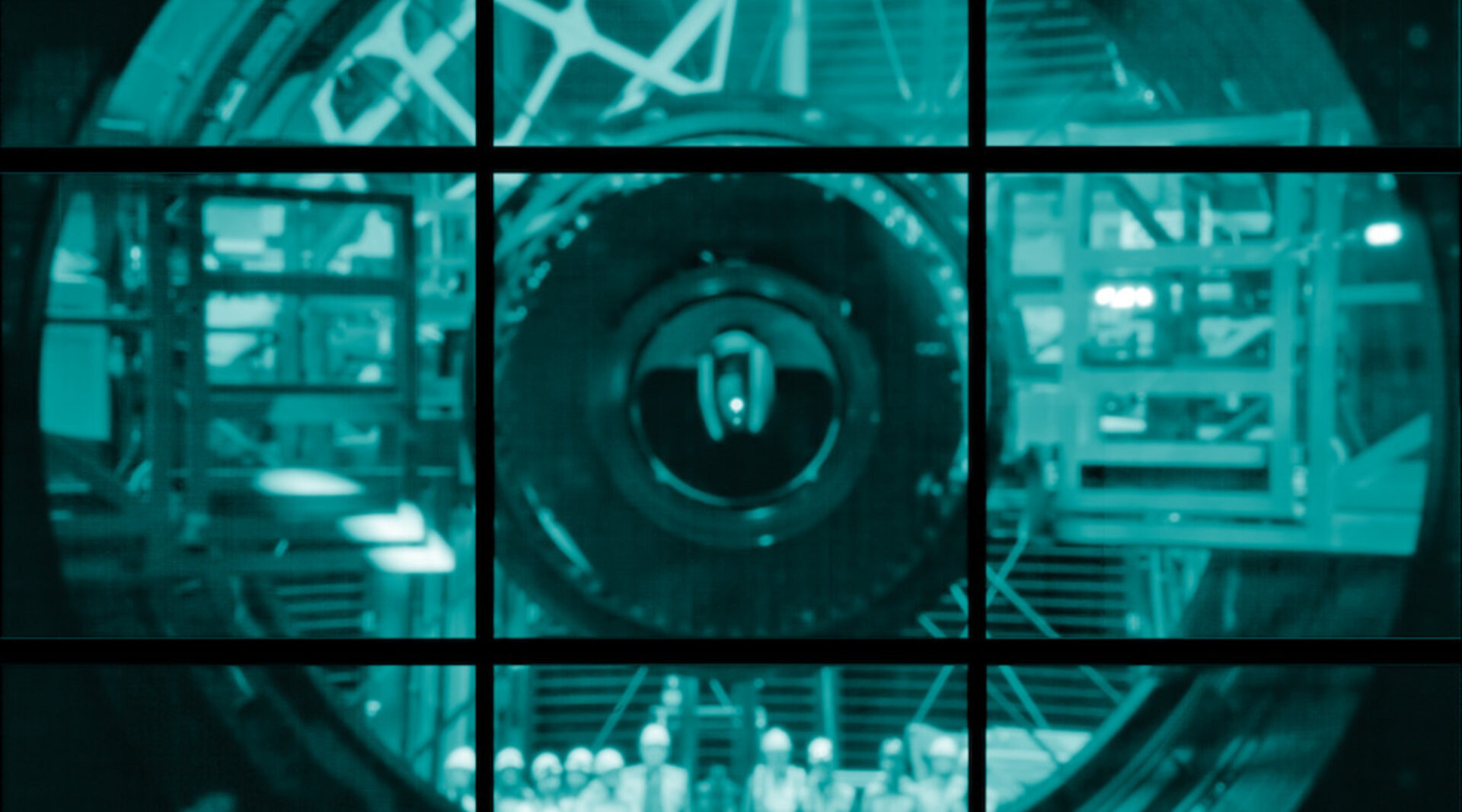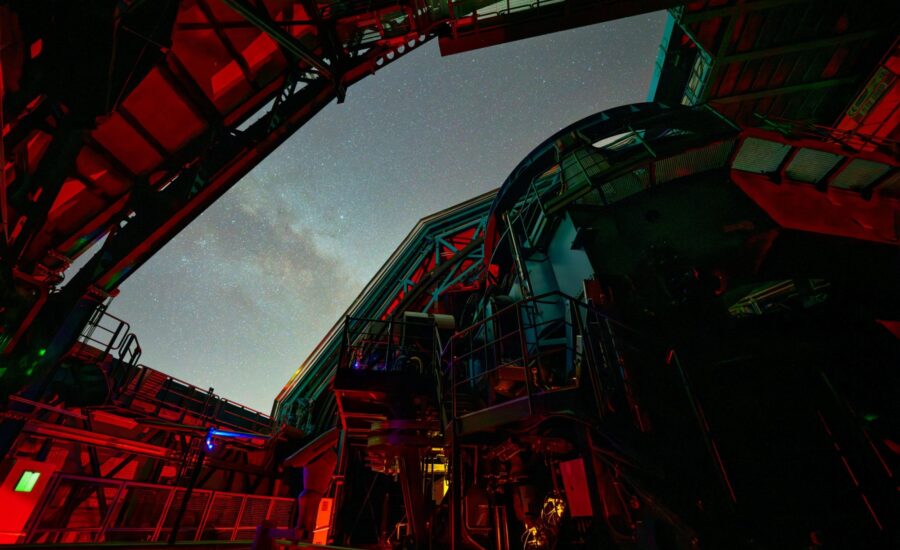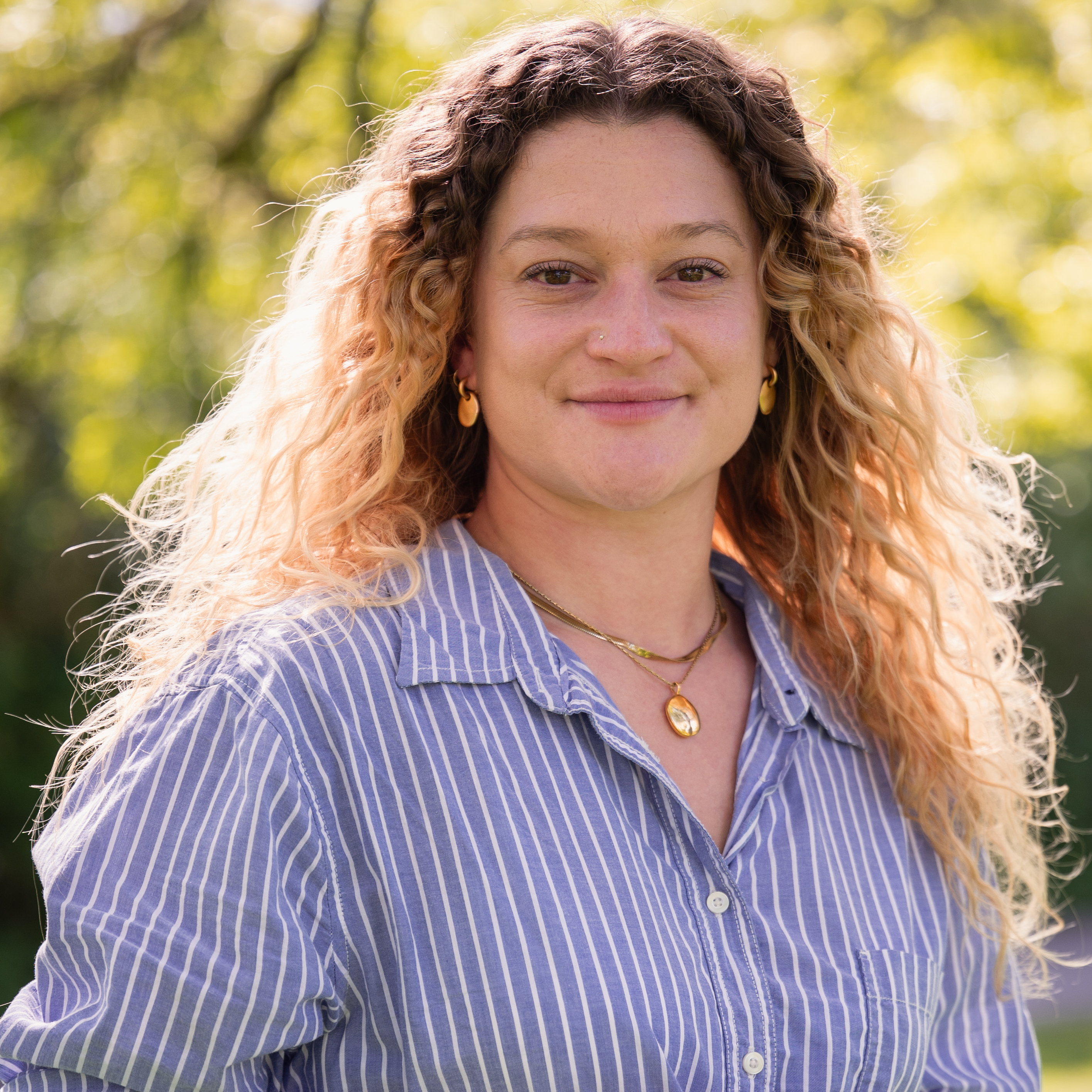Largest digital camera ever built takes huge step forward in development
The camera has 3,200 megapixels, is the size of a car and weighs 3,000 kilograms, and will be in use at the Vera C. Rubin Observatory early next year

The mood in the Vera C. Rubin Observatory was “electric” as Rubin’s first on-sky data was captured by the test camera and transferred successfully from the observatory in Chile to the US Data Facility in SLAC National Accelerator Laboratory in California.
The success in passing its first end-to-end engineer test using a low-resolution testing camera known as the Commissioning Camera demonstrates that Rubin Observatory now has a complete and functioning telescope.
The light from the stars traveled directly through the telescope optics and was then captured by the Rubin’s Commissioning Camera, then appearing on the Rubin teams’ computer screen as a digital image.
The Commissioning Camera was designed to be physically the same size as the planned LSST Camera, but the detector itself is about 20 times smaller: just 144 megapixels compared to the 3200-megapixel science camera. The test camera will enable the Rubin team to verify key components of the system and resolve issues before installation of the actual camera that will be used for science.

The Commissioning Camera will soon be replaced with the much higher resolution Large Synoptic Survey Camera (LSST), the largest digital camera ever built, which Rubin Observatory will use to conduct the most comprehensive data-gathering mission in the history of astronomy – the 10-year Legacy Survey of Space and Time. Rubin is funded by the U.S. National Science Foundation and U.S. Department of Energy's Office of Science.
After two decades of planning, the LSST touched down in Chile in May this year. The camera will be fitted to the telescope in early 2025, and following a six-month commissioning period,
This incredibly important step brings us closer to the start of Rubin’s Legacy Survey of Space and Time, which will transform scientists' ability to explore the cosmos.
Get the Digital Camera World Newsletter
The best camera deals, reviews, product advice, and unmissable photography news, direct to your inbox!
The process of taking Rubin’s first data with the Commissioning Camera began well before sunset, with the team readying the telescope, dome, and mirrors.

They were busy conducting twilight calibrations while the sunset, then pointed the telescopes towards a bright star to confirm pointing and focus. At 9:53pm local time in Chile, with a fully dark sky, the team programmed the Commissioning Camera to take a 30-second exposure.
According to the Vera C. Rubin Observatory, named after the female astronomer who discovered dark matter, this successful experiment: “Will revolutionize our quest to explore the cosmos. Rubin will create the ultimate movie of the night sky using the largest camera ever built — repeatedly scanning the sky for a decade to create an ultra-wide ultra-high-definition time-lapse record.
“This unique movie will bring the night sky to life, yielding a treasure trove of discoveries: asteroids and comets, pulsating stars, and supernova explosions. With Rubin data we will all understand our Universe better, chronicle its evolution, delve into the mysteries of dark energy and dark matter, and reveal answers to questions we have yet to imagine.”
Want to stargaze yourself? Take a look at our guides to the best telescopes for astrophotography, the best camera for astrophotography, and the best lenses for astrophotography.

After graduating from Cardiff University with an Master's Degree in Journalism, Media and Communications Leonie developed a love of photography after taking a year out to travel around the world.
While visiting countries such as Mongolia, Kazakhstan, Bangladesh and Ukraine with her trusty Nikon, Leonie learned how to capture the beauty of these inspiring places, and her photography has accompanied her various freelance travel features.
As well as travel photography Leonie also has a passion for wildlife photography both in the UK and abroad.
